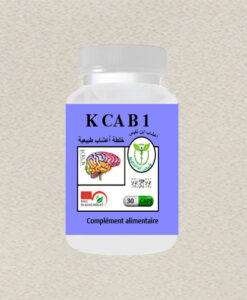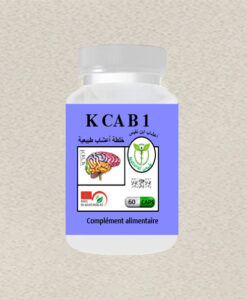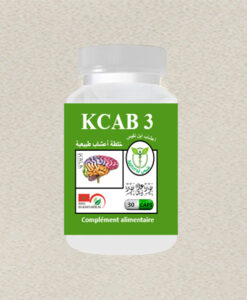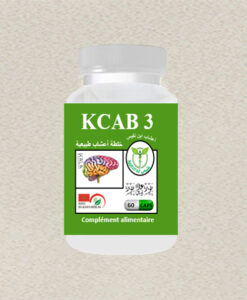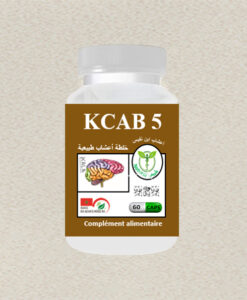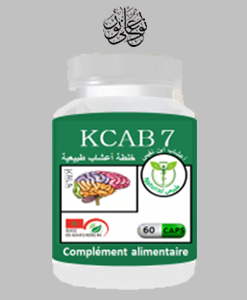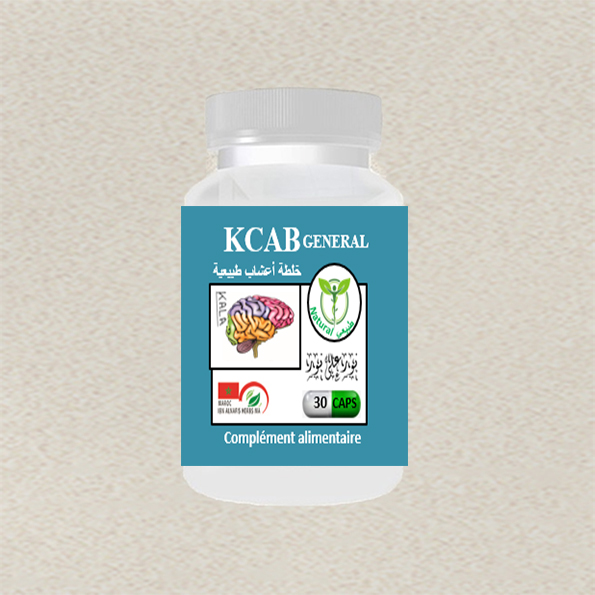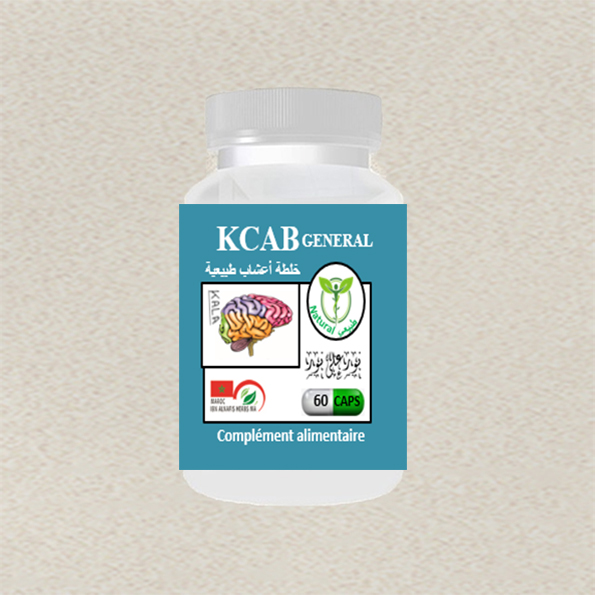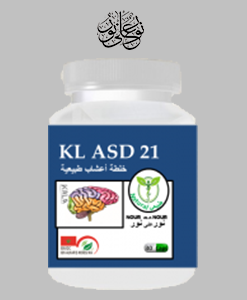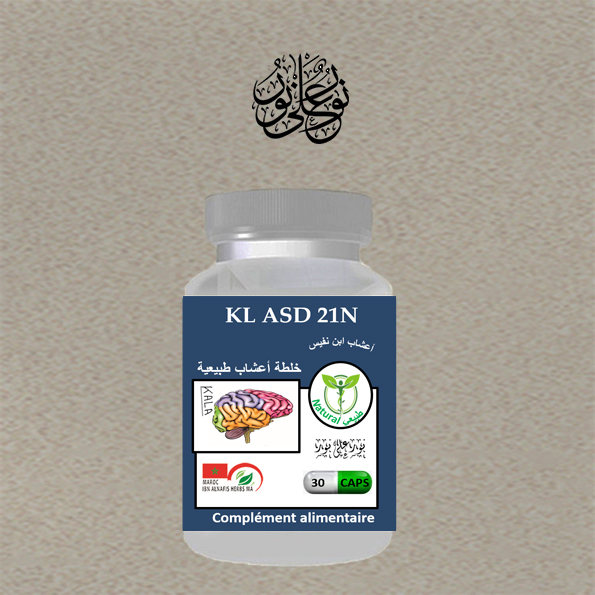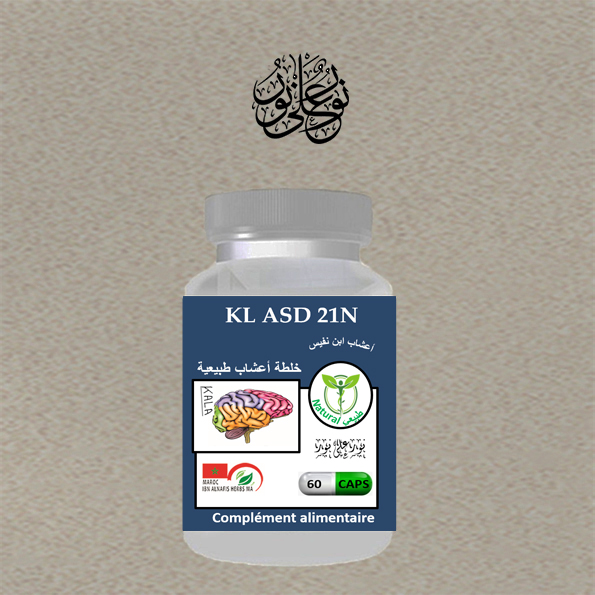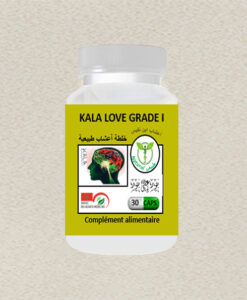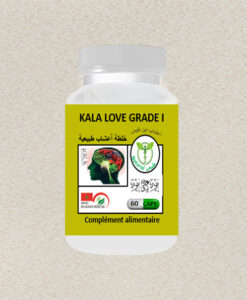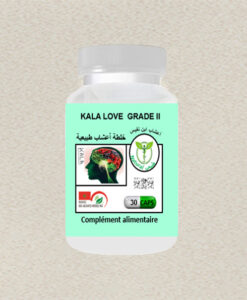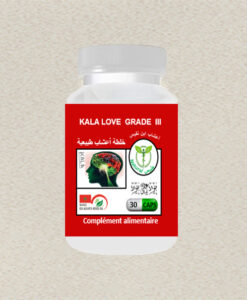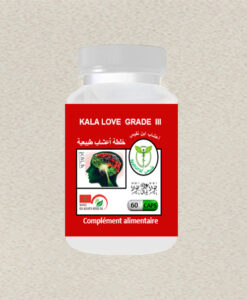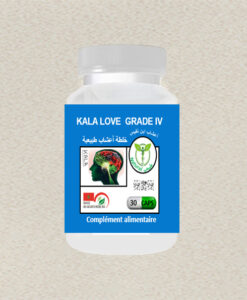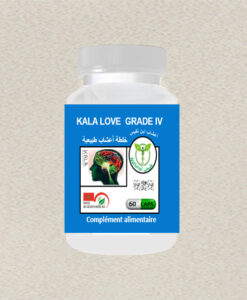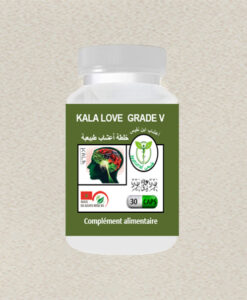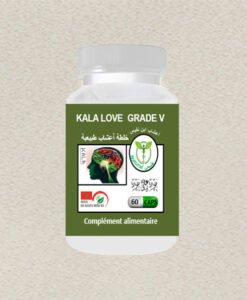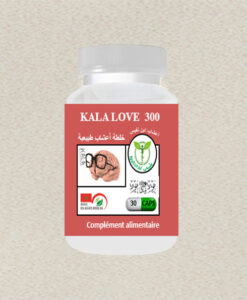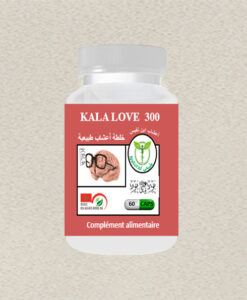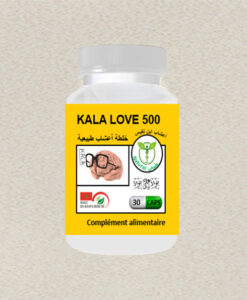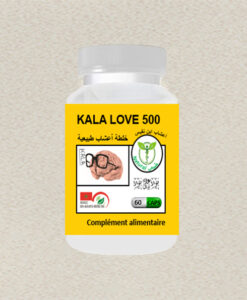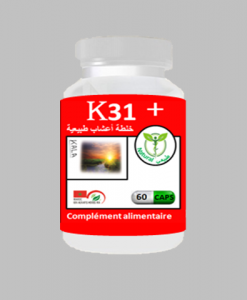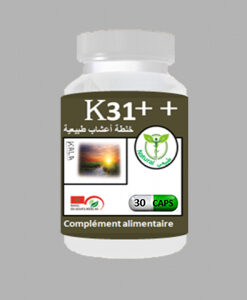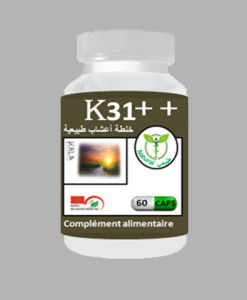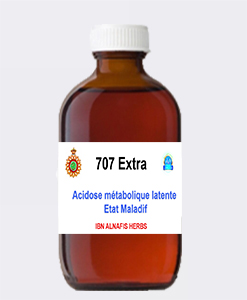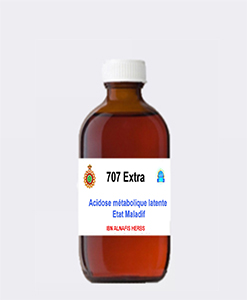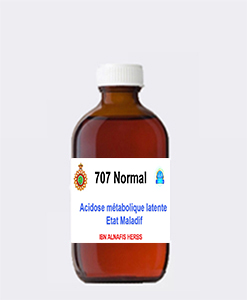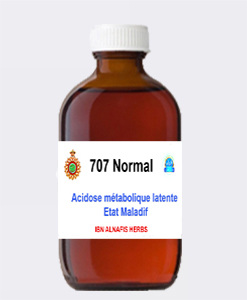Autism
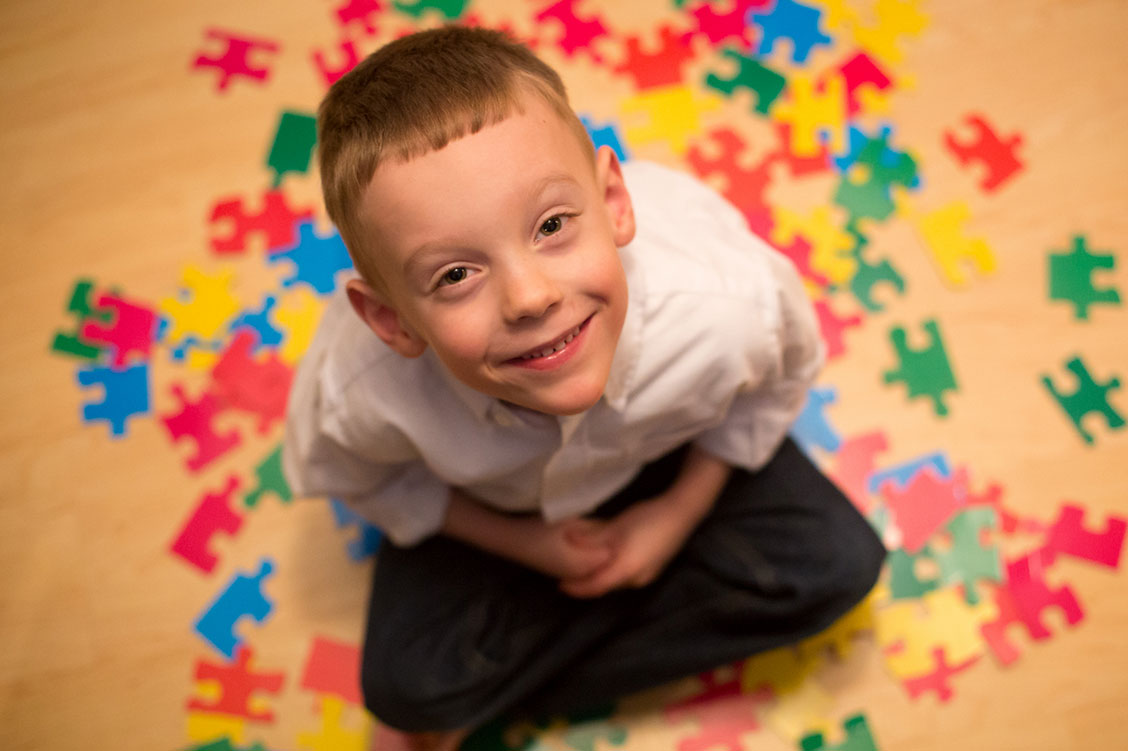
Autism spectrum disorder raises curiosity and ambiguity. Researchers and scientists are unable to determine its causes. It is the fastest growing disorder in the world, especially with the developments of technology.
It is a lifelong developmental disorder that affects children of all nations, races and nationalities.
In 1900, the symptoms were classified as schizophrenia mood disorder.
In 1938, the first official diagnosis was by a psychiatrist Lykan, in the state of Mississippi.
In 1943, A relationship between autism disorder and emotional dysfunction was established. Theorized due to lack of family structure and lack of emotions from mothers (cold mother syndrome).
In 1980, autism disorder was classified separately from schizophrenia.
In 2007, national awareness of autism was launched, and April 2 is World Autism Day.
In 2015, a link was found between autistic behavior and low levels of brain neurotransmitters, that allow neural synapses and communication
In 2016, Research projects were launched. Creating diagnostic criteria and Magnetic resonance imaging that can detect signs of autism. A link was found between brain enlargement in the first year of life and diagnosis of autism in the second year of life.
Since 2019, the identification of the disorder has become at the age of 14 months, and the genes associated with autism risk have begun to be identified (approximately 65 genes). The defect in the genes affects the mental, physical, social, psychological and sensory abilities of the child.
Autism spectrum disorder is a group of different symptoms and dysfunctions that affect the growing infant. Some symptoms appear within the first year and go through a period of relapse between eighteenth and twenty-fourth months of life.
This condition is characterized by impaired brain development and impacts the person’s ability to socially interact. A person with autism tends to be closed off from people and prefers to isolate himself even from close family members. With consistent repetitive movements such as shaking, hand flapping and turning and other atypical behaviors.
Each person has autism characteristics to varying degrees. A normal person has specific actions, functions and feelings. While someone with autism has self sufficiency, and increased sensitivities to social interactions, impacting their ability to change with social cues such as facial expressions, body language, tone of voice. These signals rely on neural patterns that help receive and convey emotions.
Causes and factors :
There is no known definitive single factor that causes autism.
There is different factors responsible for the appearance of this disorder :
Biological causes:
– Brain injury, leading to a dysfunction in different parts.
– Chronic infection, impacting immune system function.
– Advanced age of kinship.
Genetic causes:
– a higher incidence of ASD is found in males.
– Chromosomal abnormalities such as the fragile X chromosome. A recent link was established and can lead to learning difficulties. Also, more common in males.
Environmental reasons:
– Heavy toxic exposure such as mercury and lead in the environment
Biochemical reasons:
– Low levels of serotonin (an important neurotransmitter in the central nervous system) can be found in people with ASD.
Diagnosis :
To reach a diagnosis it takes complex screening and questionnaires. As the severity of symptoms vary and no specific medical test can determine the diagnosis.
The evaluation includes:
– Consultation with a child’s developmental specialist.
– Interview of parents about their child’s social skills, language abilities, behaviors. They determine their severity and development over time.
– Testing a child’s capacity to speak, understand language and specific psychological exams.
– An example, the “Dan” protocol urges to conduct accurate laboratory tests to check for allergies, toxic substances and heavy metals in the body. Then the child undergoes a special diet free from gluten and casein, mainly found in wheat and cow’s milk.
Early diagnosis and treatment is important to their development. Ideally before the third year of life, it increases the success of intervention.
Types and degrees of autism:
Typical ASD: Severe symptoms of intellectual delays and mental computation.
Asperger’s syndrome: typical intelligence level, but decrease in visual and social contact and understanding.
Heller’s syndrome or childhood intellectual disorder, symptoms appear between 2-4 years of age.
Atypical autism: Issues with intellectual
Types and degrees of autism:
Typical ASD: Severe symptoms of intellectual delays and mental computation.
Asperger’s syndrome: typical intelligence level, but decrease in visual and social contact and understanding.
Heller’s syndrome or childhood intellectual disorder, symptoms appear between 2-4 years of age.
Atypical autism: Issues with intellectual
Treatment :
The effectiveness of IBN ALNAFIS treatment for cases of autism, attention deficit, hyperactivity, difficulties in learning and communication, and low level of intelligence was estimated at 90./ . . the results of studies carried out within the American association of doctors JAMA PEDIATRIES, October 2023 (https://aawsat.news/2awje) showed that 37 ./. autistic children benefited from improved social relationships, communication and behavior; the disappearance of the repetition of certain attitudes and the development of social interactions. This, after a medical follow-up lasting 4 years provided that the diagnosis is early and accurate.
The IBN ALNAFIS treatment is an advanced therapy for the well-being of autistic people, in order to facilitate their social integration and increase their learning and autonomy abilities. An integrated treatment based on medicines from plant origin with high efficacy, established as the third generation of medicine, without side effects. It is prescribed according to the severity of ASD symptoms.
– Nutritional supplements (vitamins) according to body’s need and deficiency level
– A special diet that considers food sensitivity most common in people with ASD and helps eliminate toxins.
– Exercises that align with preferred movements of the child.
– Use of music and calming sounds. Some cases benefit with calming anxiety, improving social communications skills. This is due to the brain being more interactive with sounds.
– Educational material for patents and helping understand their child’s developmental needs. As well supporting schools for teaching and helping the child.
– Behavioral treatment in alignment with the child’s response to treatment.
The medications treat problems in brain development, support mineral levels in the blood, modify neural connection and conductivity of nerves. As well, regulates function of pituitary and pineal glands and contributes to detoxification pathways of the brain from heavy metals that oxidize brain cells.
Focuses on mental and physical balance according to the type and severity of autism.
Treatment dosages evolve according to the response in symptoms and changes in brain development.
Indications
– Autism spectrum disorder with or without hyperactivity, of various forms of severity
– Delay in the acquisition of commands for voluntary and involuntary movements (problems with speech, motor skills, comprehension, cognition, basic metabolism, digestion of food, perception).
– Neurodevelopmental disorders of various degrees (weak, medium, strong).
– Failure of neurological and behavioral balance.
– Neuropsychological disorder.


